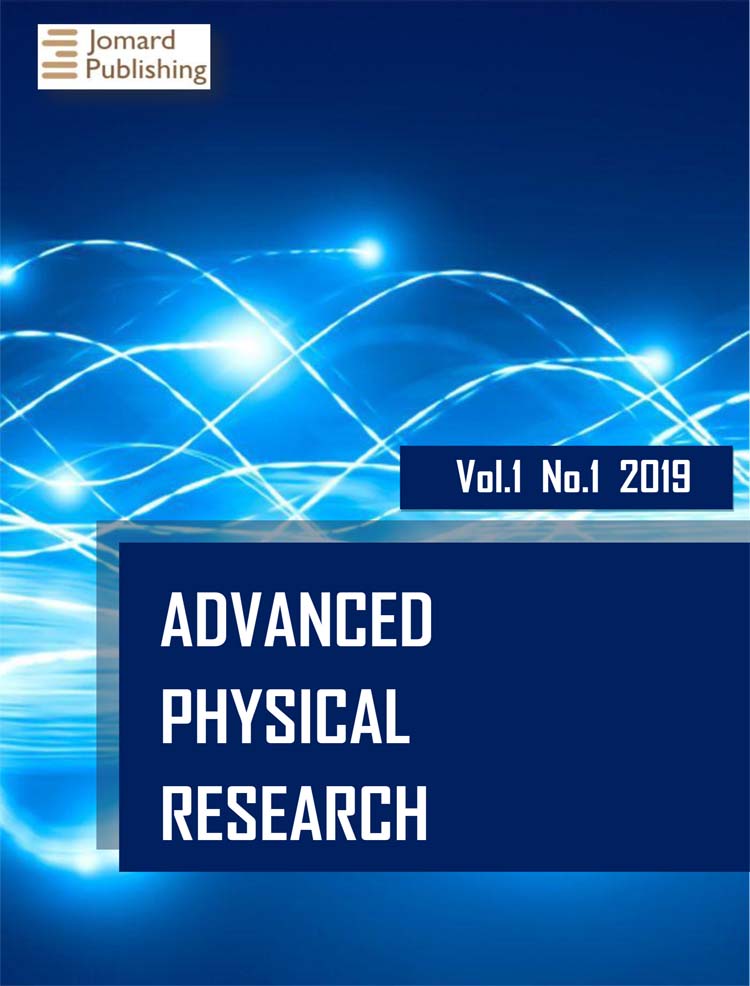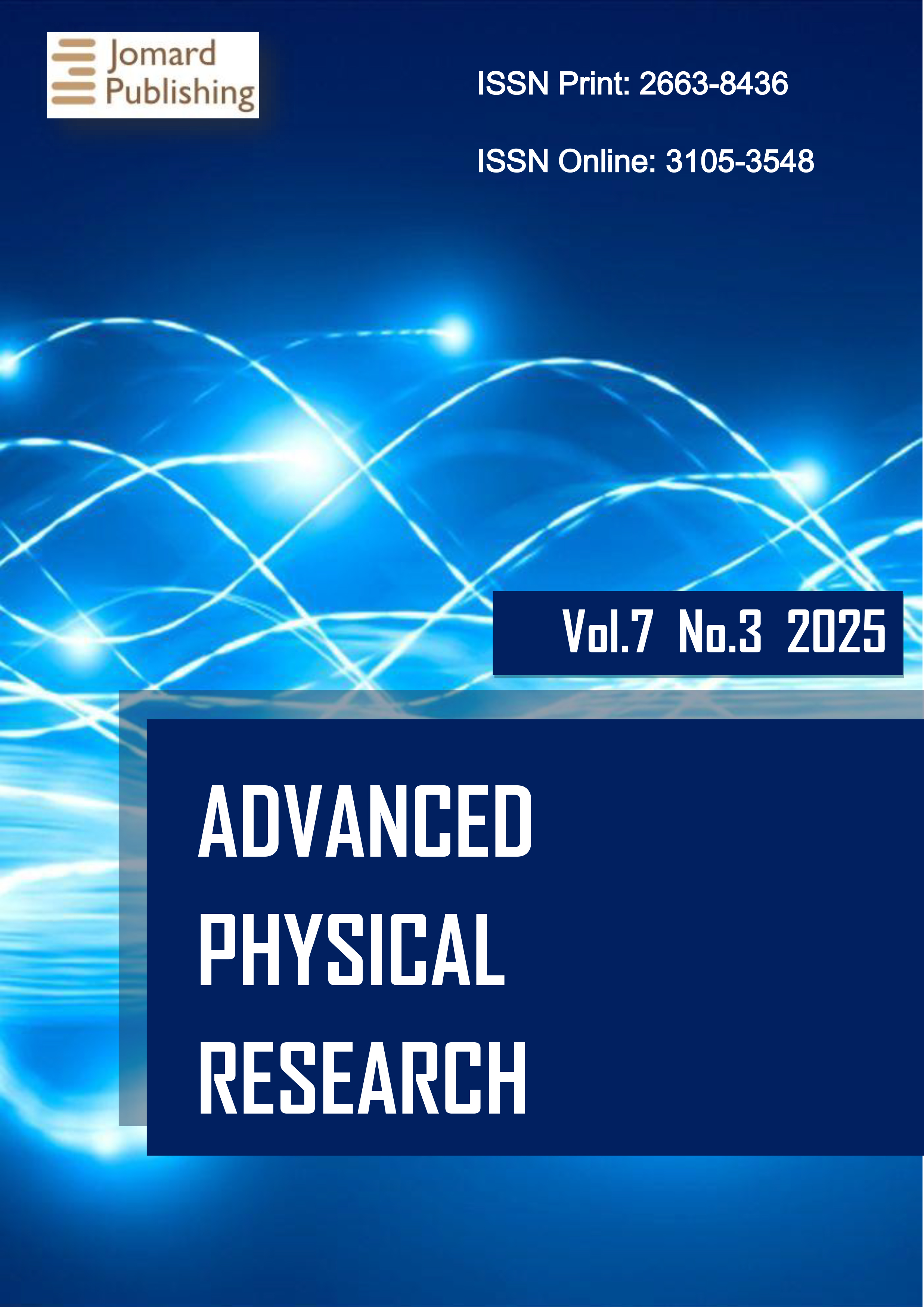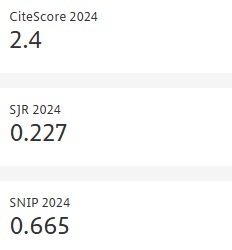Preparation of Solid Solutions in GeSb4Te7 - MnSb4Te7 System and Magnetic Properties of Mn0.5Ge0.5Sb4Te7
- Published: 16-10-2025
Share
The rich surface-state physics of topological insulators underscores the importance of tuning their properties and developing efficient compounds. Motivated by the pressure-dependent superconductivity of GeSb4Te7 and MnSb4Te7, and the antiferromagnetism of the latter, we report the synthesis of GeSb4Te7–MnSb4Te7 solid solutions, enabled by their structural similarity and the comparable ionic radii of Mn2+ and Ge2+. As it was shown by PXRD analyses that around ~50 % solubility of Mn at Ge sites in GeSb4Te7 was successfully achieved, while compositions with higher Mn substitutions (70% and 90%) and pristine MnSb4Te7 formed multiphasic mixtures consisting of phases based on GeSb4Te7, MnSb2Te4, and Sb2Te3. Le Bail analysis revealed that lattice parameter a increases almost linearly with increasing Mn content, while lattice parameter c decreases almost linearly – a trend that is unexpected, but consistent with observations in the Bi-based sister system. The middle range 50 % Mn substitution compound was selected for SQUID magnetometry, revealing two magnetic transitions at 14.4 K and 3.6 K, which correspond to paramagnetic-to-ferrimagnetic and ferrimagnetic-to-ferromagnetic transitions, respectively. Both effective and saturation magnetic moments decreased significantly compared to pristine MnSb4Te7, due to magnetic dilution from Ge ions and Mn ions present at Sb sites, both of which induce intralayer antiferromagnetic coupling. These findings facilitate the selection of compositions for single-crystal growth and subsequent investigations of magneto-transport properties and topological surface states.
- View 366
- Downloads 47
- Saveds 0
- Citations (Crossref) 0


